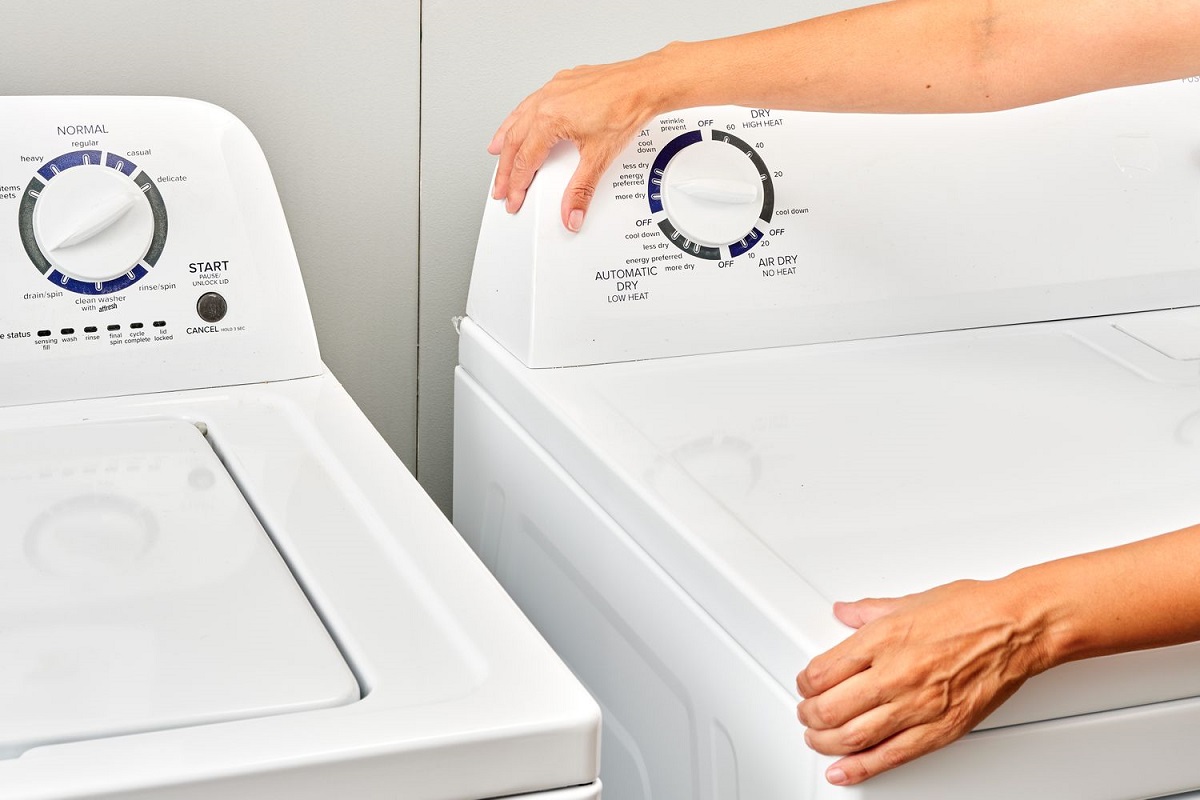

Articles
How To Get Rid Of Washer And Dryer
Modified: August 28, 2024
Discover effective articles on how to get rid of your washer and dryer. Find helpful tips and advice to safely remove and dispose of your old appliances.
(Many of the links in this article redirect to a specific reviewed product. Your purchase of these products through affiliate links helps to generate commission for Storables.com, at no extra cost. Learn more)
Introduction
When it comes time to upgrade or replace your washer and dryer, you may find yourself wondering how to get rid of the old appliances. Whether they are no longer functioning or you simply want to make room for new models, disposing of your washer and dryer can be a challenge. Fortunately, there are several options available to ensure that your old appliances are disposed of responsibly and in an environmentally-friendly manner.
In this article, we will provide you with a comprehensive guide on how to get rid of your washer and dryer. We will cover various methods of disposal, including donation, recycling, curbside pickup, and professional junk removal services. By following these steps, you can ensure that your old appliances are handled properly and potentially find them a new home, or at the very least, prevent them from ending up in a landfill.
Before diving into the different methods of disposal, it is important to prepare your washer and dryer for their removal. This involves disconnecting them from any electrical or plumbing connections and cleaning them thoroughly. Removing any remaining lint or debris will not only make the appliances more presentable for potential buyers or donation centers but will also prevent any odors or messes during transportation.
Once your washer and dryer are ready for disposal, you can move on to determining the best method for getting rid of them. This may depend on the condition of the appliances, your location, and your personal preferences. Keep in mind that different methods have different environmental impacts, so it is worth considering the most responsible option for your situation.
Now, let’s explore the various methods of getting rid of your washer and dryer in more detail.
Key Takeaways:
- Donating or selling your old washer and dryer can give them a second life, help others in need, and contribute to a more sustainable lifestyle by reducing waste.
- Recycling your washer and dryer ensures responsible disposal, recovery of valuable materials, and conservation of resources, contributing to a more sustainable waste management system.
Read more: How To Get Rid Of Old Washer And Dryer
Step 1: Prepare for Disposal
Before you can dispose of your washer and dryer, it is important to take the necessary steps to prepare them for removal. This will ensure that the appliances are in a presentable condition and ready for the next step in the disposal process.
The first thing you should do is disconnect your washer and dryer from any electrical or plumbing connections. Turn off the power supply to the appliances and unplug them from the wall. If there are any water supply hoses connected to the washer, turn off the water valves and disconnect the hoses. This will prevent any accidents or leaks during transportation.
Next, you should give your washer and dryer a thorough cleaning. Start by wiping down the exterior surfaces with a mild detergent and water solution. Pay attention to any stains or dirt buildup and scrub them gently with a soft cloth or sponge. For stubborn stains, you can use a non-abrasive cleaner or a mixture of baking soda and water.
Once the exterior is clean, it’s time to tackle the inside of the appliances. For the washer, run an empty cycle with hot water and a cup of white vinegar to remove any detergent residue and eliminate odors. If there are any lingering odors, you can also run a cycle with baking soda and water. Make sure to wipe down the drum and any other removable parts.
For the dryer, start by cleaning the lint trap. Remove any lint buildup and rinse it under running water to remove any remaining debris. Use a vacuum cleaner or a long brush to clean the vent area and remove any accumulated lint. This will not only help improve the dryer’s efficiency but also prevent any fire hazards.
Finally, give both the washer and dryer a thorough inspection. Check for any loose screws or parts that may need to be tightened or replaced. If you notice any major issues, such as leaks, strange noises, or malfunctioning components, it may be worth repairing the appliances before disposal or considering other disposal options, such as recycling or junk removal services.
By following these steps to prepare your washer and dryer for disposal, you can ensure that they are in the best possible condition and ready to be donated, sold, or recycled. Taking the time to clean and inspect the appliances will not only help you find a new home for them but also contribute to a more sustainable and responsible waste disposal process.
Step 2: Determine the Best Method of Disposal
After preparing your washer and dryer for disposal, the next step is to determine the best method of getting rid of them. The method you choose will depend on various factors, including the condition of the appliances, your location, and your personal preferences.
One option is to donate or sell your washer and dryer. If your appliances are still in working condition and have some life left in them, you can consider donating them to charity or selling them second-hand. Many nonprofit organizations, such as Habitat for Humanity or Goodwill, accept used appliances and may even offer free pickup services. By donating your washer and dryer, you can help those in need and contribute to a more sustainable lifestyle.
Another option is to recycle your washer and dryer. Recycling old appliances helps to reduce waste and recover valuable materials. Check with your local recycling centers or waste management facilities to see if they accept household appliances for recycling. Some cities have specific drop-off locations or recycling events where you can dispose of your washer and dryer responsibly. Recycling your appliances ensures that the materials are properly handled and can be reused in the manufacturing of new products.
If you prefer a more convenient option, you can arrange for curbside pickup or bulk item collection. Many municipalities offer curbside pickup for large items like washers and dryers on designated days or by appointment. Check with your local government or waste management department to find out the specific guidelines and procedures for curbside pickup in your area.
Alternatively, you can hire a professional junk removal service to take care of your washer and dryer disposal. Junk removal services specialize in the removal and proper disposal of large items, including appliances. They will come to your location, pick up the appliances, and ensure that they are disposed of in an environmentally friendly manner. While this may be a paid service, it can save you time and effort in the disposal process.
Lastly, if you are unable to donate, sell, recycle, or arrange for curbside pickup, you can try to find a local appliance recycling center. These centers specialize in recycling appliances and may offer drop-off services or pick up the appliances for a minimal fee. They have the tools and resources to properly dismantle and recycle the various components of your washer and dryer.
Consider the options available in your area and weigh the pros and cons of each method to determine the best disposal option for your washer and dryer. Remember to prioritize responsible disposal practices to minimize environmental impact and reduce waste.
Step 3: Donate or Sell Your Washer and Dryer
If your washer and dryer are still in good working condition, donating or selling them is a great option. By doing so, you give these appliances a second life and help others in need. Here are some steps to follow for donating or selling your washer and dryer:
- Research local charities and organizations: Start by researching local charities and organizations that accept used appliances. Look for nonprofit organizations that specifically accept household appliances. Contact them to find out their donation guidelines and whether they offer free pickup services. Some popular organizations that accept appliance donations include Habitat for Humanity, Goodwill, and Salvation Army.
- Check with friends and family: Ask your friends, family, and neighbors if they are in need of a washer and dryer. They might be looking for a used appliance or know someone who is. Selling or giving your appliances to someone you know can be a convenient and mutually beneficial arrangement.
- Sell online: Consider selling your washer and dryer online through platforms like Craigslist, Facebook Marketplace, or local buy/sell groups. Take clear photos of the appliances and provide accurate descriptions along with your asking price. Be prepared to negotiate and arrange for pickup or delivery.
- Host a garage sale: If you have multiple items to sell, including your washer and dryer, hosting a garage sale can be a good option. Advertise the sale in your community and display the appliances prominently. Price them reasonably to attract potential buyers.
- Advertise in classifieds: Place an ad in your local classifieds, either online or in print. Include a description of your washer and dryer, your contact information, and the price (if applicable).
When donating or selling your washer and dryer, make sure to provide accurate information about their condition and functionality. Include details such as the age, brand, model, and any additional features. This will help potential buyers or donation centers make informed decisions.
Before completing the donation or sale, it is important to clean the appliances thoroughly. Make sure to remove any lint, wipe down the surfaces, and test the appliances to ensure they are in proper working order. This will make your washer and dryer more appealing to potential buyers and increase the chances of a successful donation or sale.
Donating or selling your washer and dryer not only benefits others in need but also helps reduce waste and supports a sustainable lifestyle. Consider these options as a way to extend the life of your appliances and contribute to a more environmentally conscious society.
Step 4: Recycle Your Washer and Dryer
If your washer and dryer are no longer in working condition or you cannot find a suitable donation or buyer, recycling is the best option to ensure responsible disposal and minimize environmental impact. Here are the steps to recycle your washer and dryer:
- Check local recycling programs: Start by checking with your local recycling centers or waste management facilities to see if they accept household appliances for recycling. Some cities have specific drop-off locations or recycling events where you can dispose of your washer and dryer responsibly.
- Research appliance recycling centers: Look for specialized appliance recycling centers in your area. These centers have the necessary equipment and expertise to properly dismantle and recycle different components of your washer and dryer.
- Contact recycling facilities: Reach out to recycling facilities in your area to inquire about their recycling services for appliances. Ask about their drop-off or pickup options, any associated fees, and the recycling process they follow.
- Prepare for recycling: Before recycling your washer and dryer, make sure to remove any personal belongings or accessories attached to the appliances. Remove any doors or hinges that may contain hazardous materials like mercury before taking them to the recycling facility.
- Transport the appliances: If the recycling facility offers pickup services, schedule a suitable time for them to come and collect your washer and dryer. If you need to drop off the appliances, use your own vehicle or rent a truck if necessary. Securely load the appliances to prevent any damage during transportation.
- Follow recycling guidelines: If the recycling facility has specific guidelines for preparing the appliances, make sure to follow them. This may include draining any remaining water and disconnecting any electrical or plumbing connections.
- Promote responsible recycling: Spread awareness about the importance of recycling appliances to your friends, neighbors, and community. Encourage others to recycle their old appliances as well, to divert them from landfills and conserve valuable resources.
Recycling your washer and dryer helps recover valuable materials and reduces the demand for raw resources. The recycling process involves dismantling the appliances, separating recyclable materials like metal, plastic, and glass, and sending them to appropriate recycling facilities.
By recycling your washer and dryer, you contribute to a more sustainable waste management system and help protect the environment. It is a responsible choice that helps conserve resources, reduces energy consumption, and prevents the release of harmful chemicals into the ecosystem.
Remember to support recycling programs and initiatives in your community to encourage proper disposal of appliances and other recyclable materials.
To get rid of a washer and dryer, you can sell them online through platforms like Craigslist or Facebook Marketplace, or donate them to a local charity or thrift store. Some appliance stores may also offer a removal service when purchasing new appliances.
Read more: How To Get Rid Of Dryer Smell
Step 5: Arrange for Curbside Pickup or Bulk Item Collection
If you prefer a convenient option for getting rid of your washer and dryer, arranging for curbside pickup or bulk item collection is a great choice. Many municipalities offer this service to help residents dispose of large items like appliances. Here are the steps to arrange for curbside pickup or bulk item collection:
- Contact your local government or waste management department: Start by contacting your local government or waste management department to inquire about their curbside pickup or bulk item collection services. Find out the specific guidelines, procedures, and schedule for disposing of large items.
- Check if your washer and dryer are eligible for curbside pickup: Some cities have specific criteria for the items that qualify for curbside pickup. Ensure that your washer and dryer meet the requirements and are acceptable for collection. If not, consider alternative disposal methods.
- Find out the designated pickup days or schedule: Ask for information about the designated pickup days for large items or the schedule for bulk item collection in your area. Determine when you need to place your washer and dryer by the curb for pickup.
- Prepare your washer and dryer: Before placing your appliances by the curb, make sure they are ready for pickup. Disconnect them from any electrical or plumbing connections and clean them as much as possible. Remove any personal belongings or accessories attached to the appliances.
- Place your appliances by the curb: On the designated pickup day, place your washer and dryer by the curb in a clearly visible and easily accessible location. Make sure they are placed securely and will not pose a safety hazard to pedestrians or obstruct any traffic.
- Follow any specific instructions: If there are any specific instructions provided by your local government or waste management department, make sure to follow them. This may include attaching labels or stickers to the appliances or providing additional information for the pickup crew.
- Monitor your curbside pickup: Keep an eye out for the pickup crew and ensure that your washer and dryer are collected as scheduled. If you notice any issues or missed pickups, contact the appropriate department to resolve the matter.
Curbside pickup or bulk item collection is a convenient way to dispose of your washer and dryer without having to transport them yourself. The appliances will be collected by the designated crew and taken to the appropriate disposal or recycling facilities.
Make sure to follow the guidelines provided by your local government or waste management department to ensure a seamless pickup process. By utilizing this service, you contribute to a more efficient waste management system and help keep your community clean and clutter-free.
Step 6: Hire a Professional Junk Removal Service
If you want to make the process of getting rid of your washer and dryer hassle-free and efficient, hiring a professional junk removal service is a great option. These services specialize in the removal and disposal of large items, including appliances. Here are the steps to hire a professional junk removal service:
- Research local junk removal services: Start by researching local junk removal services in your area. Look for reputable companies that have experience in handling and disposing of appliances. Check online reviews and ask for recommendations from friends, family, or neighbors.
- Get multiple quotes: Contact several junk removal services and request quotes for removing your washer and dryer. Provide them with the necessary details, such as the size and weight of the appliances, your location, and any specific requirements you may have.
- Compare prices and services: Review the quotes you receive and compare the prices, services offered, and any additional fees or conditions. Consider the reputation and reliability of the company as well. Choose a junk removal service that offers a fair price and meets your specific needs.
- Schedule the pickup: Once you’ve selected a junk removal service, schedule a pickup time that works for you. They will typically provide you with a time window during which they will arrive at your location to collect the washer and dryer.
- Prepare the appliances: Before the junk removal team arrives, make sure your washer and dryer are ready for pickup. Disconnect them from any electrical or plumbing connections and clean them as much as possible. Remove any personal belongings or accessories attached to the appliances.
- Allow access to the appliances: Ensure that the junk removal team has clear access to the washer and dryer. Move any obstacles or furniture that may be in the way. If the appliances are located in a basement or other hard-to-reach area, inform the company in advance to make sure they have the necessary equipment.
- Supervise the removal: While not always necessary, you may choose to be present during the pickup to ensure that the washer and dryer are taken without any damage to your property. Verify that the appliances are loaded onto the removal truck securely and inquire about their disposal methods.
- Confirm the disposal: After the junk removal team has removed your washer and dryer, confirm with them how and where the appliances will be disposed of. Ensure that they follow responsible disposal practices, such as recycling or using authorized disposal facilities.
Hiring a professional junk removal service offers convenience and peace of mind. They will take care of all the heavy lifting and disposal for you, saving you time and effort. Make sure to choose a reputable and responsible company that adheres to proper disposal practices to minimize environmental impact.
Keep in mind that using a junk removal service may involve a cost dependent on factors such as the size and weight of the appliances, distance from the pickup location, and any additional services required. However, the convenience and assurance of responsible disposal make it a worthwhile investment.
Step 7: Find a Local Appliance Recycling Center
If you’re looking for an environmentally friendly option to dispose of your washer and dryer, finding a local appliance recycling center is an excellent choice. These centers specialize in the proper dismantling and recycling of household appliances. Here are the steps to find a local appliance recycling center:
- Research recycling centers in your area: Start by researching recycling centers in your local area. Look for facilities that specifically mention appliance recycling or electronic waste recycling. Check online directories, search engine results, or consult your local government’s website for a list of recycling centers.
- Contact the recycling centers: Once you have a list of potential recycling centers, contact them to gather more information. Inquire about their acceptance of washers and dryers, their operating hours, any associated fees, and whether they offer drop-off or pickup services.
- Confirm their recycling practices: When speaking with the recycling centers, it’s important to confirm their recycling practices. Ask about their methods for dismantling the appliances and their commitment to environmentally responsible recycling. Ideally, they should work with certified recycling partners and have a documented recycling process in place.
- Determine if they require any preparations: Some recycling centers may require specific preparations before accepting your washer and dryer. Ask if they need you to drain any remaining water or disconnect any electrical or plumbing connections. Following their guidelines will ensure a smooth drop-off process.
- Consider the location and logistics: Take into account the location of the recycling centers and assess the logistics of transporting your washer and dryer to their facilities. Consider factors such as the distance, transportation options, any necessary equipment, and your availability to make the drop-off.
- Schedule a drop-off or pickup: Once you have chosen a suitable recycling center, schedule a drop-off time or inquire about their pickup services. Determine the most convenient option for you and coordinate accordingly. If they offer pickup services, confirm the date and time for the collection of your appliances.
- Prepare the appliances for drop-off or pickup: Before taking your washer and dryer to the recycling center or the scheduled pickup, ensure that they are prepared accordingly. Clean the appliances and remove any personal belongings or accessories. Follow any specific guidelines provided by the recycling center.
- Dispose of your appliances responsibly: When dropping off your washer and dryer, make sure to follow the instructions provided by the recycling center. Properly unload the appliances and provide any required information. If using pickup services, ensure that the recycling center takes the necessary steps to remove the appliances from your property.
Finding a local appliance recycling center allows you to ensure that your washer and dryer are dismantled responsibly and the materials are recycled properly. By choosing this option, you contribute to reducing electronic waste and protecting the environment.
Remember to spread the word about the importance of appliance recycling to your family, friends, and community. Encouraging others to choose responsible recycling practices can help create a more sustainable future.
Step 8: Consider Reusing or Repurposing the Washer and Dryer
Before completely getting rid of your washer and dryer, consider whether there are any opportunities for reusing or repurposing them. This step allows you to give the appliances a new life and prevent unnecessary waste. Here are some ideas to consider:
- Use them in a different location: If you are upgrading to a new washer and dryer set but your current appliances are still in working condition, consider using them in a different location. For example, you could install them in a garage, basement, or rental property where they can still serve their purpose.
- Donate to a friend or family member: Check if a friend, family member, or neighbor is in need of a washer and dryer. Offering them your old appliances can save them money and provide a practical solution for their laundry needs.
- Repurpose for alternative use: Get creative and repurpose your washer and dryer for other uses. For example, you could remove the washing machine drum and turn it into a fire pit or a planter. Use the dryer as a storage cabinet or a workshop table.
- Sell for parts: If your washer or dryer has certain components that are still in good condition, consider selling those parts separately. There may be repair shops or individuals looking for specific parts to fix their own appliances.
- Offer them for free: If you’re unable to find a buyer or donate your appliances, consider offering them for free in online classifieds or community groups. Someone may be in need and willing to take the appliances off your hands.
- Check with local repair shops: Contact local appliance repair shops to see if they are interested in your used washer and dryer. Some repair shops may refurbish and resell appliances, making your old appliances a valuable resource for them.
- Explore DIY projects: Look for DIY projects online where old appliances can be repurposed. From turning the dryer drum into a planter to creating a workbench using the washer’s frame, there are many possibilities for transforming these appliances into something useful and unique.
Reusing or repurposing your washer and dryer not only prevents waste but also sparks creativity and reduces the need for new products. When considering these options, keep in mind the condition of your appliances and whether they can serve a functional purpose in their new roles.
If none of these options work for you, then you can proceed with the previously mentioned disposal methods such as recycling them or arranging for pickup services. Remember to choose the most environmentally friendly option available to ensure responsible disposal.
By exploring opportunities for reusing or repurposing your washer and dryer, you can extend their lifespan and contribute to a more sustainable lifestyle.
Conclusion
Disposing of your old washer and dryer doesn’t have to be a daunting task. By following the steps outlined in this comprehensive guide, you can efficiently and responsibly get rid of your appliances while minimizing environmental impact.
First, prepare your washer and dryer for disposal by disconnecting them from electrical and plumbing connections, and giving them a thorough cleaning. This ensures that the appliances are ready for the next step in the disposal process.
Next, determine the best method of disposal based on factors such as the condition of the appliances, your location, and personal preferences. Options include donating or selling the appliances, recycling them, arranging for curbside pickup or bulk item collection, hiring a professional junk removal service, or finding a local appliance recycling center.
If your washer and dryer are still in working condition, consider donating or selling them to give them a second life and help others in need. There are various organizations and online platforms where you can connect with potential buyers or donation centers.
If your appliances are no longer functioning or suitable for donation or sale, recycling is the most responsible option. Research local recycling centers or contact waste management facilities to find out where you can properly recycle your washer and dryer. Recycling ensures that valuable materials are recovered and reused, reducing waste and conserving resources.
In cases where curbside pickup or bulk item collection services are available in your area, take advantage of this convenient option. Contact your local government or waste management department to find out the guidelines and schedule for disposing of large items. Ensure that your washer and dryer are properly prepared and placed by the curb for pickup.
If you prefer a hands-off approach, hiring a professional junk removal service can handle the entire removal and disposal process for you. Reach out to reputable companies and schedule a pickup time that works for you. They will safely and responsibly dispose of your washer and dryer on your behalf.
Lastly, consider reusing or repurposing your washer and dryer before disposal. Use the appliances in a different location, donate them to friends or family, or explore creative ways to repurpose them. This not only gives them a new lease on life but also reduces the demand for new products and minimizes waste.
In conclusion, with these eight steps – preparing for disposal, determining the best method of disposal, donating or selling, recycling, arranging for curbside pickup or bulk item collection, hiring a professional junk removal service, finding a local appliance recycling center, and considering reuse or repurposing – you can effectively and responsibly get rid of your old washer and dryer. By considering the environmental impact and choosing the most appropriate and sustainable option, you can contribute to a greener future while making space for new appliances in your home.
Frequently Asked Questions about How To Get Rid Of Washer And Dryer
Was this page helpful?
At Storables.com, we guarantee accurate and reliable information. Our content, validated by Expert Board Contributors, is crafted following stringent Editorial Policies. We're committed to providing you with well-researched, expert-backed insights for all your informational needs.
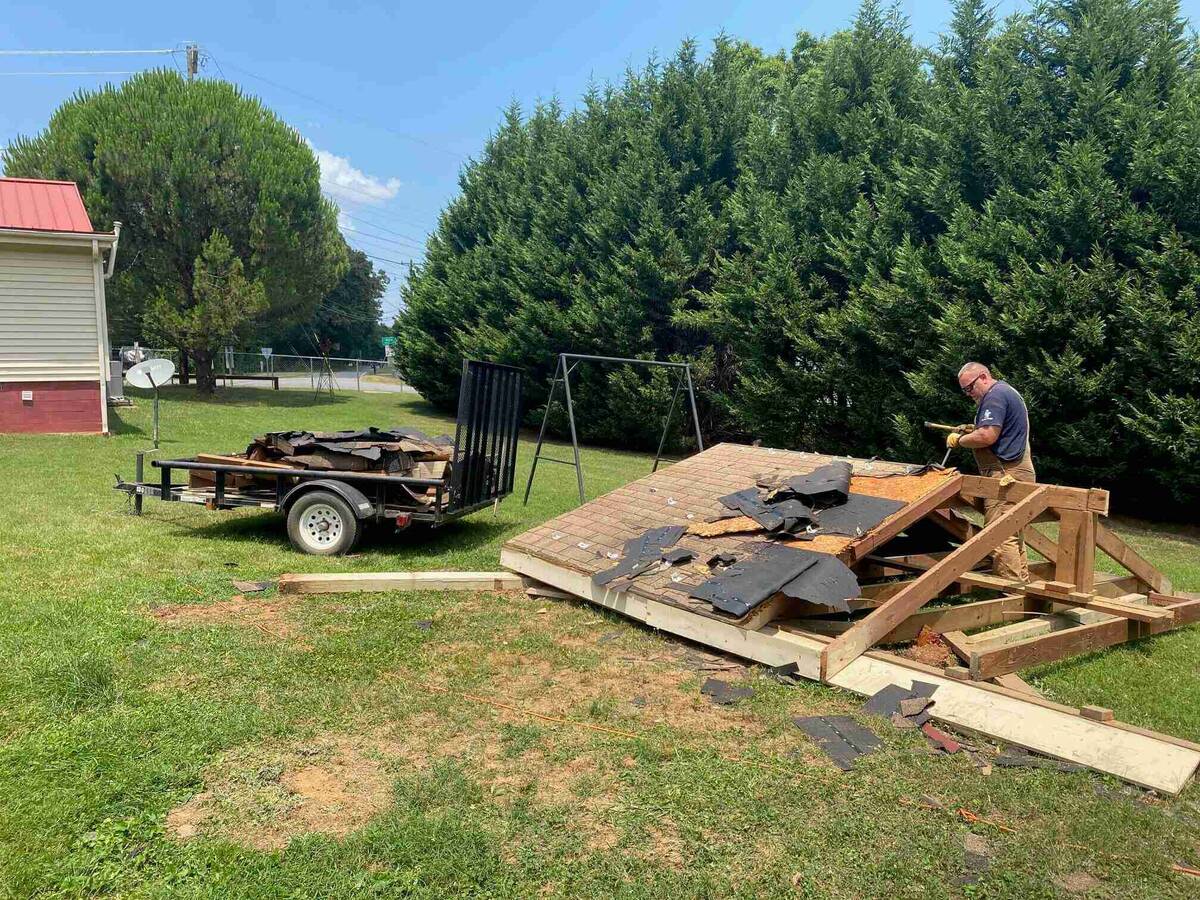





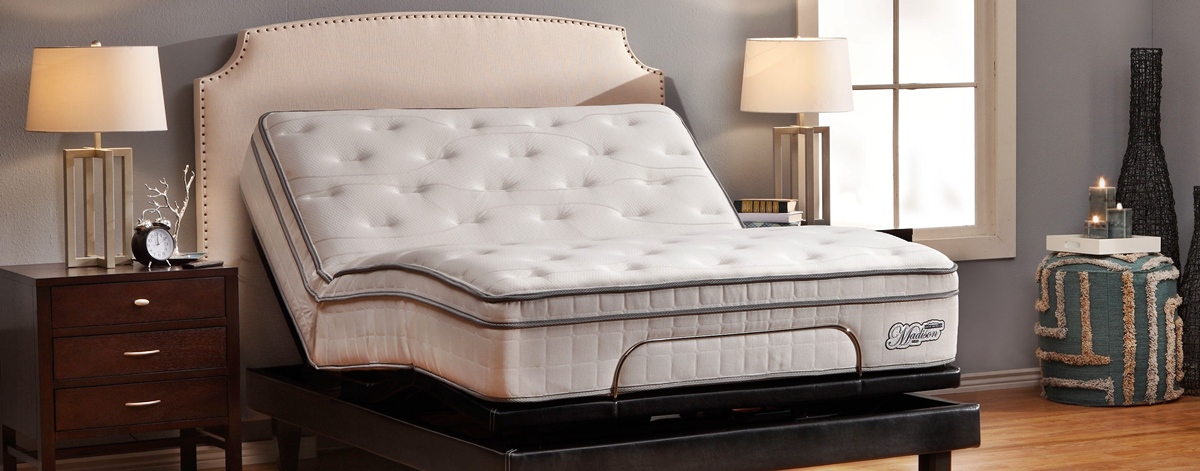
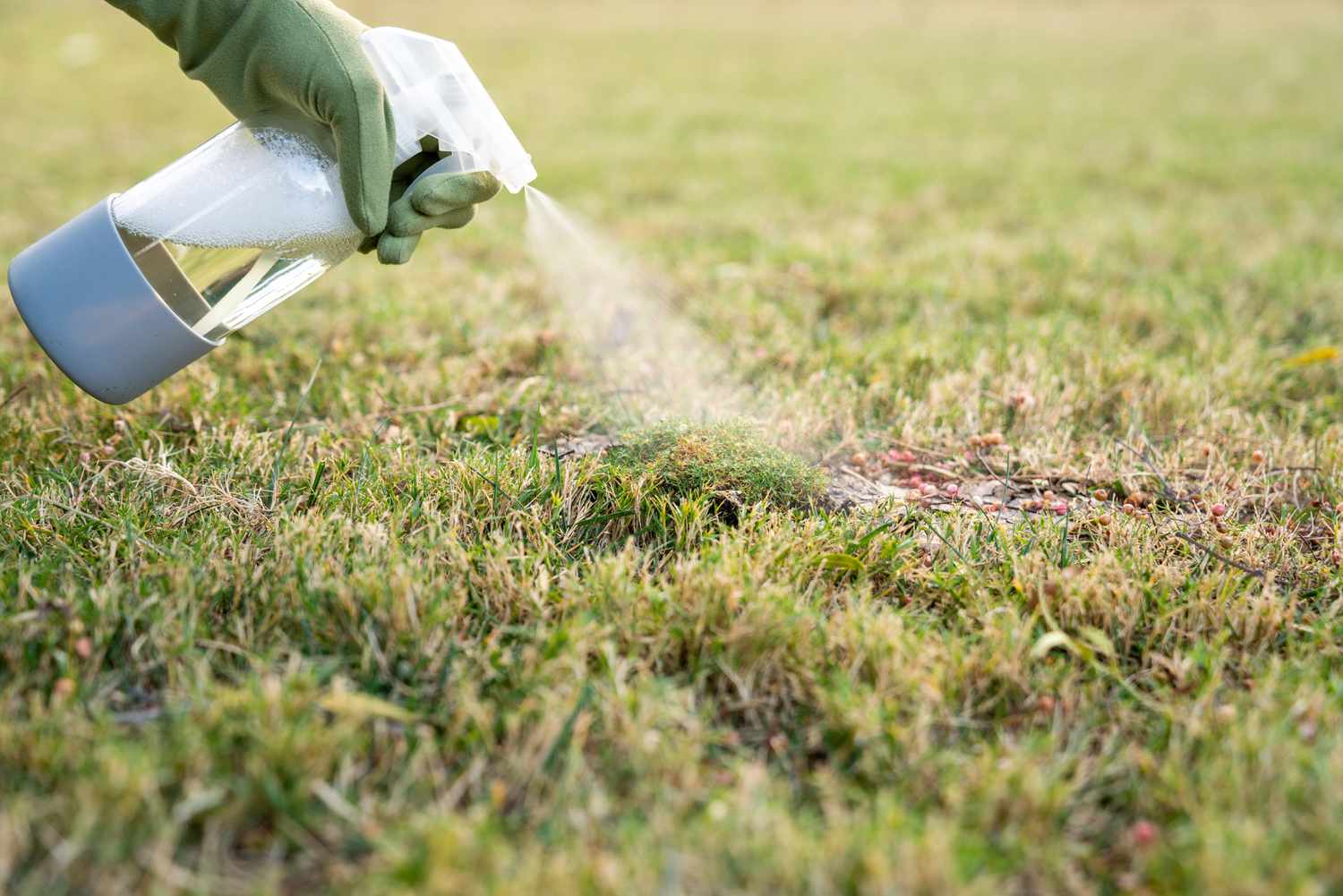



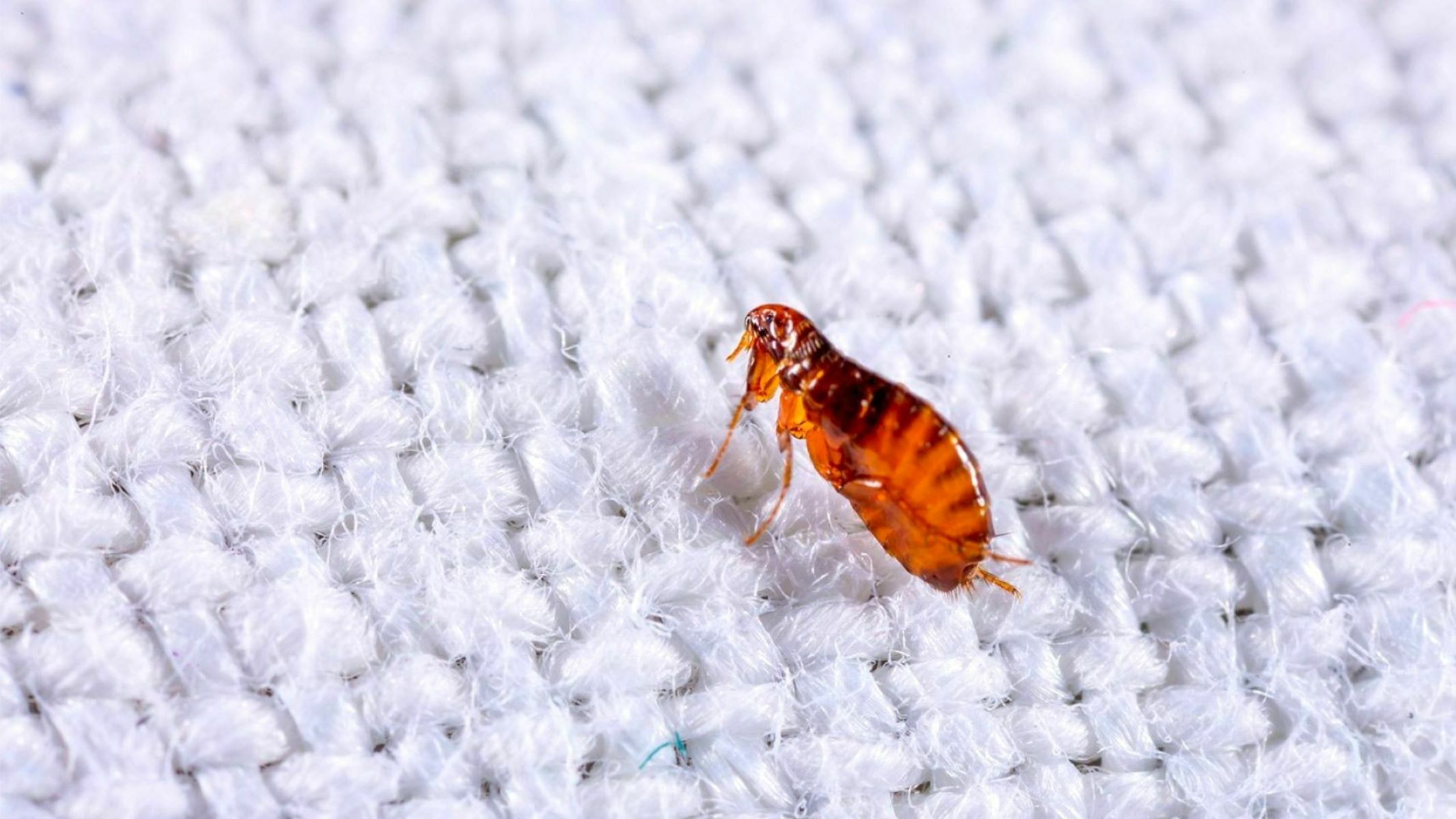


0 thoughts on “How To Get Rid Of Washer And Dryer”